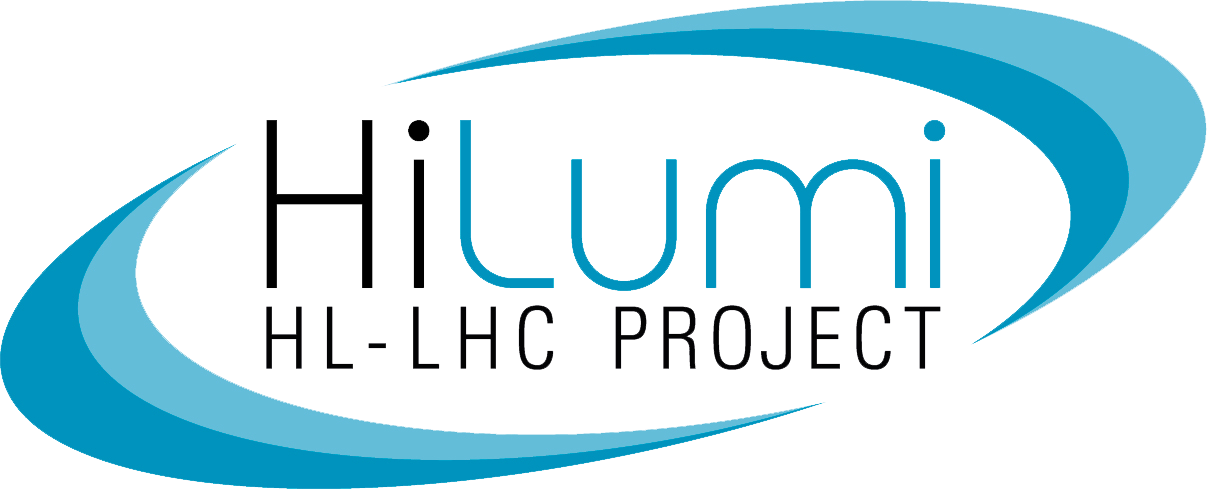In the HL-LHC machine, to be installed during the third long shutdown (LS3), the family of magnets named MCBXF (see figure above) will be located on both sides of the ATLAS and CMS experiments.
It belongs to the insertion region magnets, a group of quadrupoles, separation and recombination dipoles, and corrector magnets, required to steer the beam before and after the experiments. In particular, the MCBXF magnets provide horizontal and vertical dipolar kicks to steer the position of the beam near the interaction points. This makes it possible to achieve the micrometric precisions required to achieve the luminosity targeted by the HL-LHC project. Due to the constraints of the magnet layout, the two dipoles have to be located in the same space, as is currently the case in the LHC, each providing the horizontal and vertical component of the dipolar field along the same path of the beam. The challenge of these magnets is the torque arising from the electromagnetic forces, which tend to align the perpendicular magnetic fields along the same axis. In the HL-LHC configuration, the torque per meter of the magnet will be increased by 50% compared to what is currently installed in the LHC.
To meet these challenging requirements, the CIEMAT team, in charge of the design and production of this magnet according to the collaboration agreement KE2292 established in 2014, developed a design and engineering based on a mechanical lock between the dipoles. The first two prototypes reached the target field when each dipole was energized separately. However, during simultaneous powering of both dipoles, the residual torque in the coil ends, not mechanically supported, inducing coil deformation, caused magnet quenches, that is, its transition to a resistive state. The magnet was able to reach after about 30 quenches the required field in both dipoles, but needed a new series of quenches when the sign of the torque was changed (see figure below, left).
Although this limitation was compatible with the optics requirements, to provide the full range of correction, an iteration on the magnet design based on the test results of the first two prototypes, and on a magneto-mechanical 3D models was proposed at CIEMAT in autumn 2020. During the first half of 2021, the new parts were manufactured, and the magnet implementing the design modification was completed in June and tested in July-August. For the two prototypes, component procurement and coil manufacturing was carried out at CIEMAT, the magnet was assembled at CERN in building 927 and tested at CERN in SM18. The power tests showed that nominal current configuration with both dipoles powered simultaneously was reached with few quenches compared to the about 30 quenches needed in the prototypes. The training after thermal cycle was also reduced by the same amount. The new design will be implemented in the series of 11 MCBXFB and 6 MCBXFA magnets, whose manufacturing is starting at Elytt Energy.
MCBXFBP2 (left) and MCBXFB01 power tests (Courtesy of SM18 test facilities, test engineer: S. Ferradas Troitino)
By J. C. Perez and E. Todesco, TE Dept, MSC group, HL-LHC WP3.

